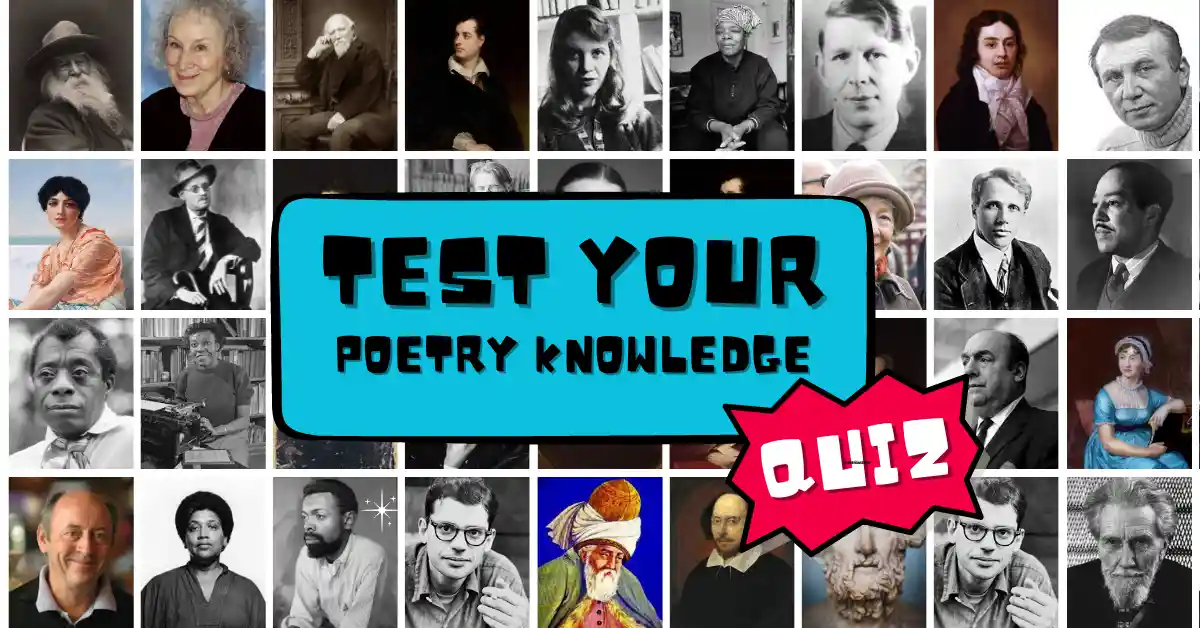Test-Your-Poetry-Knowledge: 50 Multiple-Choice Questions
Welcome, poetry lovers! Are you ready to put your literary knowledge to the ultimate test? We have just what you need – a comprehensive list of fifty multiple-choice questions designed to challenge even the most well-read minds.
Whether you consider yourself a seasoned poetry expert or someone who enjoys reading the occasional verse, we promise these questions will provide hours of entertainment and enlightenment. So, dust off your books and get ready to dive into the fascinating world of poets and their masterpieces! Let the quiz begin!
[ays_quiz id=’5′]
Conclusion
Congratulations, you made it to the end of our poetry knowledge quiz! We hope you enjoyed testing your poetry expertise and learned something new along the way. Poetry has been a vital art form for centuries and continues to inspire and move us with its beauty and power.
Whether you aced the quiz or discovered some knowledge gaps, we encourage you to continue exploring the world of poetry and discovering new works that speak to you. Thanks for joining us, and happy reading!

